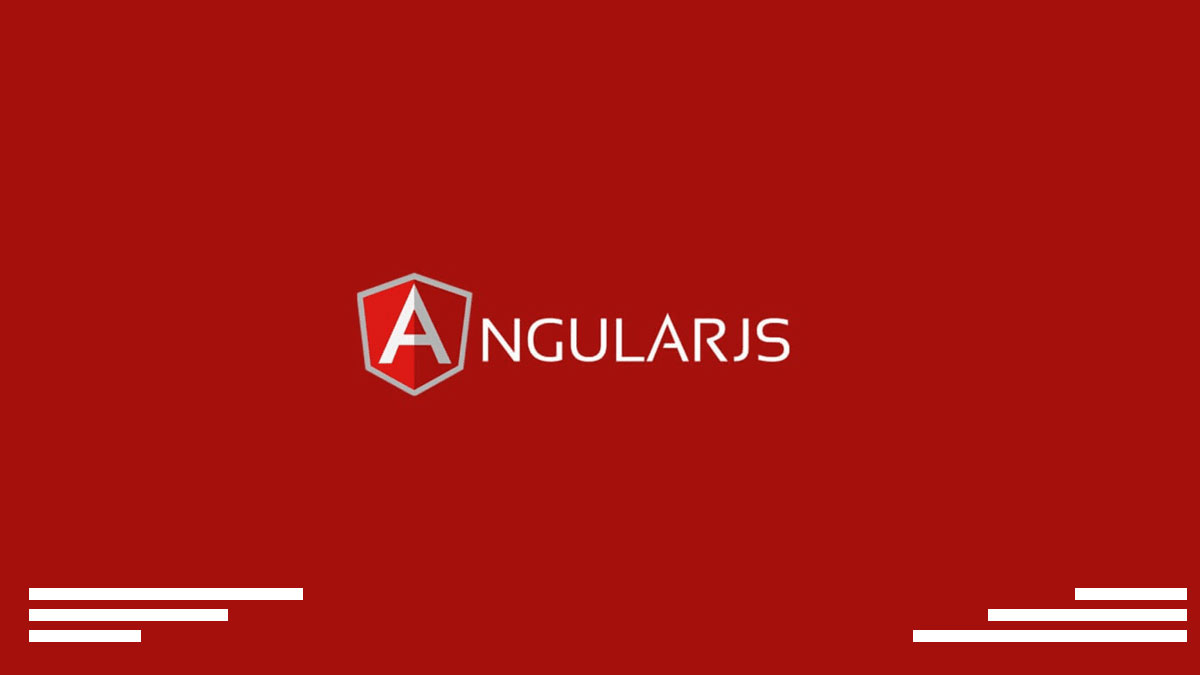If you want to run your AngularJS front-end web application and run nginx as your API proxy server, then the following nginx virtual host configuration can help you. This will help you lot to configure your Nginx proxy for your API backend and run your API with AngularJS based web application interface.
Tag: JavaScript
Whoever loves to work with Twig template system for their PHP driven web application may want to implement AngularJS within Twig template. But the main problem will be Twig’s curly braces. AngularJS and Twig both use __ inside their template to output data. So simply, it can cause trouble to work with this two lovely systems together in your application. But here is the solution. According to AngularJS $interpolateProvider docs I figured out the easy solution. You can change AngularJS …
This example will help you to learn how to interact between your backened RESTful apps and AngularJS. AngularJS has a service factory called ngResource which you can use to do CRUD operation with your RESTful backend application. Here you just need to define the service factory which will get all notes by calling an ajax request to your http://yourRESTAPIBackendserver.url/notes. Also you can do rest of the CRUD services with that script. This script represents very basic usage of ngResource. So …
To change the bower’s component installation directory as you want you first need to create a .bowerrc file and define the custom location in this .bowerrc like the below. { "directory": "yourCustomDirectoryLocation" } Then as usual just make a bower.json file where you will write down all the dependencies for your projects like the below. { "name": "YourProjectName", "description": "Description of your project", "homepage": "http://yourProjectUrl.com/", "author": "Yourname <your@email.com>", "dependencies": { "bootstrap":">= 3.0.0", "jquery": "~2.0.3" } } now run bower install …
To avoid misspelled user typing of address for searching places or anything by Google map, you can place only address suggestion dropdown provided by Google places API. It’s so easy to integrate. Just add the following Javascript code before </head> tag. <script src="https://maps.googleapis.com/maps/api/js?sensor=true&libraries=places"></script> Now let’s assume your input field/ address field code in your form is- <input type="text" class="form-control" id="locationInput" placeholder="write your address"> Now put the following javascript code after adding the google api javascript file source. <script> (function(){ var …

